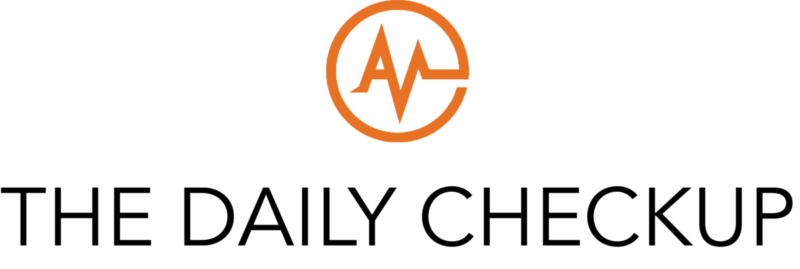As Women’s Health Week wraps up, we want to take a moment to thank our essential workers, many of whom are female. These essential workers risk their health each time they show up to work. They provide medical care, groceries, and social services to the communities they work in. We cannot thank them enough for the lengths they have gone to make things feel a little more comfortable and normal during these difficult times. Below we outline the connection between gender and essential jobs during these times.
Carrying the Weight
Did you know that females fill 52% of job roles deemed essential? Although the definition of essential varies within countries, states, and cities, essential jobs within the U.S. must connect to one of 16 critical infrastructure sectors. The sectors which have the most amount of female workers include the healthcare and public sector as well as the food and agriculture sector. According to the United States Census Bureau, women hold 76% of healthcare jobs and 77% of social work positions. Women also make up 2/3 of workers employed at grocery stores and fast-food chains.
These women are significant contributors to keeping food on our tables. They are also the caretakers we rely on to nurse us back to health and the advisors who support our families and us when problems arise. In many ways, they provide us with our basic needs even though, at this time, it may mean neglecting their own.
Taking a Risk
Although the number of COVID-19 cases is much higher for men than women, this is only true for the general public. For healthcare professionals, the statistics are quite the opposite. Most healthcare professionals who have contracted COVID-19 are female. Not only that, but many were also young. This pattern deviates from reports compiled by the Centers for Disease Control, which indicate the elderly and those with health complications to be at the most considerable risk of contracting the virus.
The fact of the matter is that 75% of healthcare providers who tested positive for COVID-19 were females under the age of 42. This shows just how risky being an essential worker at this can be. It also shows how important taking the proper precautions from contracting the disease is. The CDC has released a guide to help healthcare professionals keep themselves safe while providing medical care at this time. Although taking these precautions does not guarantee full protection against COVID-19, the possibility of lowering one’s exposure to the virus makes it all worthwhile.
Interested in practicing medicine in the U.S.? A clinical experience can help you on your journey!
Explore more than 700 clinical experiences right now >







Leave A Comment